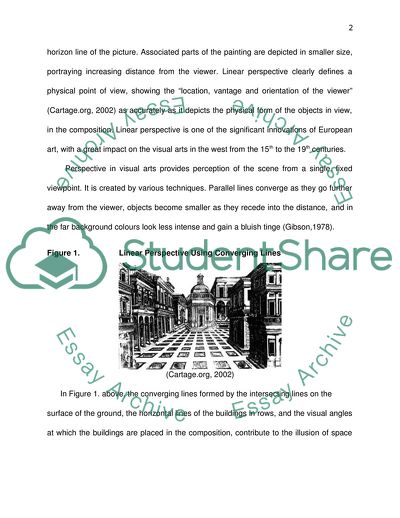Cite this document
(Visual Arts Perspective and Its Types of Meanings Literature review, n.d.)
Visual Arts Perspective and Its Types of Meanings Literature review. Retrieved from https://studentshare.org/performing-arts/1740410-you-decide
Visual Arts Perspective and Its Types of Meanings Literature review. Retrieved from https://studentshare.org/performing-arts/1740410-you-decide
(Visual Arts Perspective and Its Types of Meanings Literature Review)
Visual Arts Perspective and Its Types of Meanings Literature Review. https://studentshare.org/performing-arts/1740410-you-decide.
Visual Arts Perspective and Its Types of Meanings Literature Review. https://studentshare.org/performing-arts/1740410-you-decide.
“Visual Arts Perspective and Its Types of Meanings Literature Review”, n.d. https://studentshare.org/performing-arts/1740410-you-decide.


